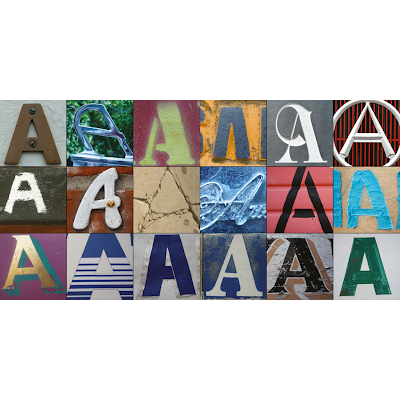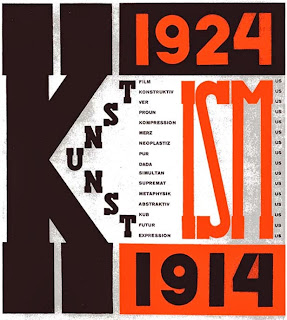I decided to look at some uses of text without any imagery. Avante Garde design movements from the early 20th century seemed to be a good source. These radical designers developed the use of typography to reflect the revolutionary ideas that underpinned the whole ethos of their work.
Revolutionary Russia spawned Constructivism. Two of it's most influential designers were Alexander Rodchenko and El Lissitzky.
Filippo Tommaso Marinetti was a leading light of the Futurists. They had ideas about sweeping away anything from the past. This lack of respect for convention allowed him to subvert text in a completely new way.
Kurt Schwitters had links with Dada, but led his own one man art movement, Merz. He published a magazine that reflected the layout of his well known collage pieces.
The Bauhaus was a German art school that went on to inspire art and design teaching around the world. It was eventually closed by the Nazi's who thought the encouragement of free thinking to be a threat to their regime. Work above is by Herbert Bayer and Laszlo Moholy-Nagy.
De Stijl was a Dutch art movement that had many links with The Bauhaus . Paul Schuitema and Theo van Doesburg experimented with multi-directional type.



































